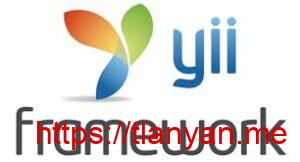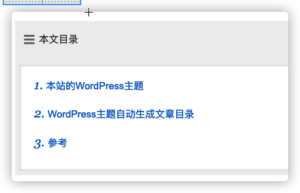PHP群里有人询问self关键字的用法,答案是比较明显的:静态成员函数内不能用this调用非成员函数,但可以用self调用静态成员函数/变量/常量;其他成员函数可以用self调用静态成员函数以及非静态成员函数。随着讨论的深入,发现self并没有那么简单。鉴于此,本文先对几个关键字做对比和区分,再总结self的用法。
与parent、static以及this的区别
要想将彻底搞懂self,要与parent、static以及this区分开。以下分别做对比。
parent
self与parent的区分比较容易:parent引用父类/基类被隐盖的方法(或变量),self则引用自身方法(或变量)。例如构造函数中调用父类构造函数:
class Base {
public function __construct() {
echo "Base contructor!", PHP_EOL;
}
}
class Child {
public function __construct() {
parent::__construct();
echo "Child contructor!", PHP_EOL;
}
}
new Child;
// 输出:
// Base contructor!
// Child contructor!
static
static常规用途是修饰函数或变量使其成为类函数和类变量,也可以修饰函数内变量延长其生命周期至整个应用程序的生命周期。但是其与self关联上是PHP 5.3以来引入的新用途:静态延迟绑定。
有了static的静态延迟绑定功能,可以在运行时动态确定归属的类。例如:
class Base {
public function __construct() {
echo "Base constructor!", PHP_EOL;
}
public static function getSelf() {
return new self();
}
public static function getInstance() {
return new static();
}
public function selfFoo() {
return self::foo();
}
public function staticFoo() {
return static::foo();
}
public function thisFoo() {
return $this->foo();
}
public function foo() {
echo "Base Foo!", PHP_EOL;
}
}
class Child extends Base {
public function __construct() {
echo "Child constructor!", PHP_EOL;
}
public function foo() {
echo "Child Foo!", PHP_EOL;
}
}
$base = Child::getSelf();
$child = Child::getInstance();
$child->selfFoo();
$child->staticFoo();
$child->thisFoo();
程序输出结果如下:
Base constructor!
Child constructor!
Base Foo!
Child Foo!
Child Foo!
在函数引用上,self与static的区别是:对于静态成员函数,self指向代码当前类,static指向调用类;对于非静态成员函数,self抑制多态,指向当前类的成员函数,static等同于this,动态指向调用类的函数。
parent、self、static三个关键字联合在一起看挺有意思,分别指向父类、当前类、子类,有点“过去、现在、未来”的味道。
this
self与this是被讨论最多,也是最容易引起误用的组合。两者的主要区别如下:
this不能用在静态成员函数中,self可以;- 对静态成员函数/变量的访问,建议 用
self,不要用$this::或$this->的形式; - 对非静态成员变量的访问,不能用
self,只能用this; this要在对象已经实例化的情况下使用,self没有此限制;- 在非静态成员函数内使用,
self抑制多态行为,引用当前类的函数;而this引用调用类的重写(override)函数(如果有的话)。
self的用途
看完与上述三个关键字的区别,self的用途是不是呼之即出?一句话总结,那就是:self总是指向“当前类(及类实例)”。详细说则是:
- 替代类名,引用当前类的静态成员变量和静态函数;
- 抑制多态行为,引用当前类的函数而非子类中覆盖的实现;
槽点
- 这几个关键字中,只有
this要加$符号且必须加,强迫症表示很难受; - 静态成员函数中不能通过
$this->调用非静态成员函数,但是可以通过self::调用,且在调用函数中未使用$this->的情况下还能顺畅运行。此行为貌似在不同PHP版本中表现不同,在当前的7.3中ok; - 在静态函数和非静态函数中输出
self,猜猜结果是什么?都是string(4) "self",迷之输出; return $this instanceof static::class;会有语法错误,但是以下两种写法就正常:$class = static::class; return $this instanceof $class; // 或者这样: return $this instanceof static;所以这是为什么啊?!







发表回复